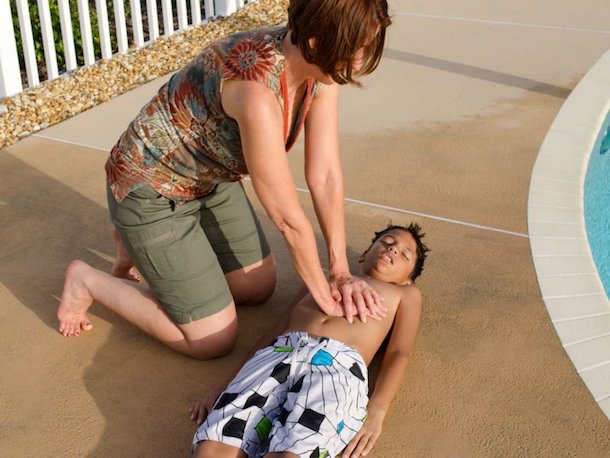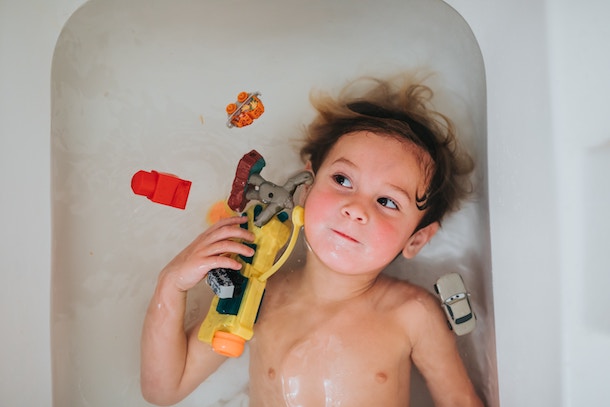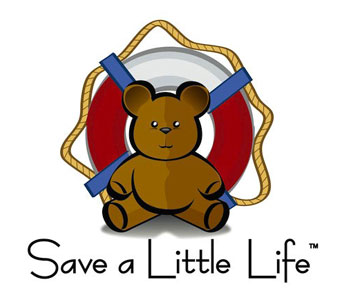WHAT YOU MAY NOT KNOW ABOUT DROWNING
Drowning is a major concern worldwide.
Water is a source of joy for children of all ages but it requires a high degree of respect and caution.
These days drowning is newly defined as “submersion in a liquid” and doesn’t assume death which may be confusing. That is why the American Academy of Pediatrics (AAP), The Center for Disease Control (CDC) and the World Health Organization (WHO) all want us to have a better understanding not only of what it is, but how drowning can affect anyone, and how it impacts society.
Too often we assume that little ones are safe in water unless we hear a lot of splashing or a call for help but sadly, these responses rarely occur. Drowning is quick and silent. That is why it’s crucial that you be informed as to what actually happens when someone is in real trouble.
Practicing life-saving skills is the responsibility of everyone involved in the care of your children.
Save A Little Life™ works with all parents, family members, and trusted care providers regarding the risks, how drowning actually happens, and where it occurs. We continue to emphasize the importance of drowning prevention and, of course, what we would need to do in the event of a real health emergency. One thing we emphasize is that drowning victims can be saved if we recognize the problem and start CPR immediately.

Below you’ll find the latest statistics on drowning. We encourage you to read them carefully with the understanding that our intention is not to scare you but to inspire you.
As we like to say, Be Informed. Be Prepared. Be Safe.
GENERAL STATISTICS:
- There is an average of 4,012 unintentional drownings per year
- Drowning remains among the top 4 causes of death from age 54 and up
- Drowning is the single leading cause of death for children ages 1-4, and the second leading cause of injury-related death for children up to 14 years old
- The U.S. averages 11 fatal drownings per day and an average of 22 non-fatal drownings per day
- More than 40% of drownings treated in Emergency Departments require hospitalization, transfer or further care (compared with 8% of all unintentional injuries). Many of those who do not die will experience brain damage or other serious outcomes, often with long term disability
- Drowning can occur in as little as 20-60 seconds
- Nearly 80% of drowning deaths are among males due to increased exposure to water, risk-taking behavior and alcohol use
CHILD STATISTICS:
- 88% of child drownings occur with at least 1 adult present
- For every child that dies from drowning, another 7-8 require emergency department care for non-fatal drowning. Nearly 70% of drownings of young children occur during non-swimming times
- Two of three drowning incidents that take place in the home occur in a bathtub
- 23% of child drownings happen during a family gathering near a pool

RACIAL AND ETHNIC GROUP STATISTICS:
- Drowning deaths rates for Black people are 1.5 times higher than the rates for White people. These disparities are highest among Black children ages 5-9
- In swimming pools, Black children ages 10-14 years drown at rates 7.6 times higher than White children
- Black children are more likely to drown in public pools, and White children and youth in residential pools
- Drowning rates for Native American or Alaskan Native people ages 29 and younger are 2 times higher than the rates for White people
STATISTICS FOR PEOPLE WITH DISABILITIES AND MEDICAL CONDITIONS:
- People with seizure disorders such as epilepsy are at a higher risk of fatal and non-fatal drowning than the general population
- Other conditions such as autism and heart conditions are also associated with a higher risk of drowning
Let us all be informed and prepared. There is so much as stake.



